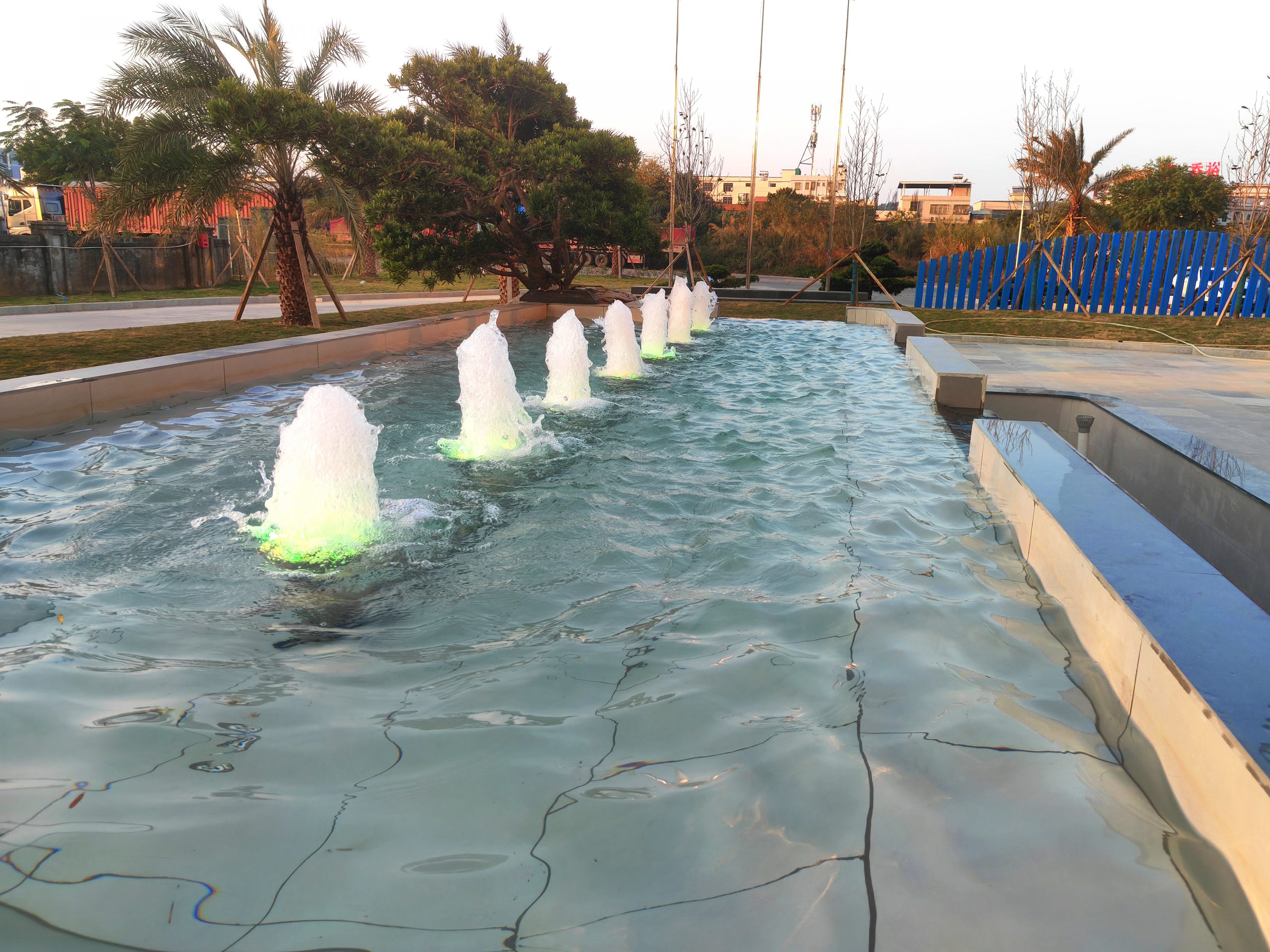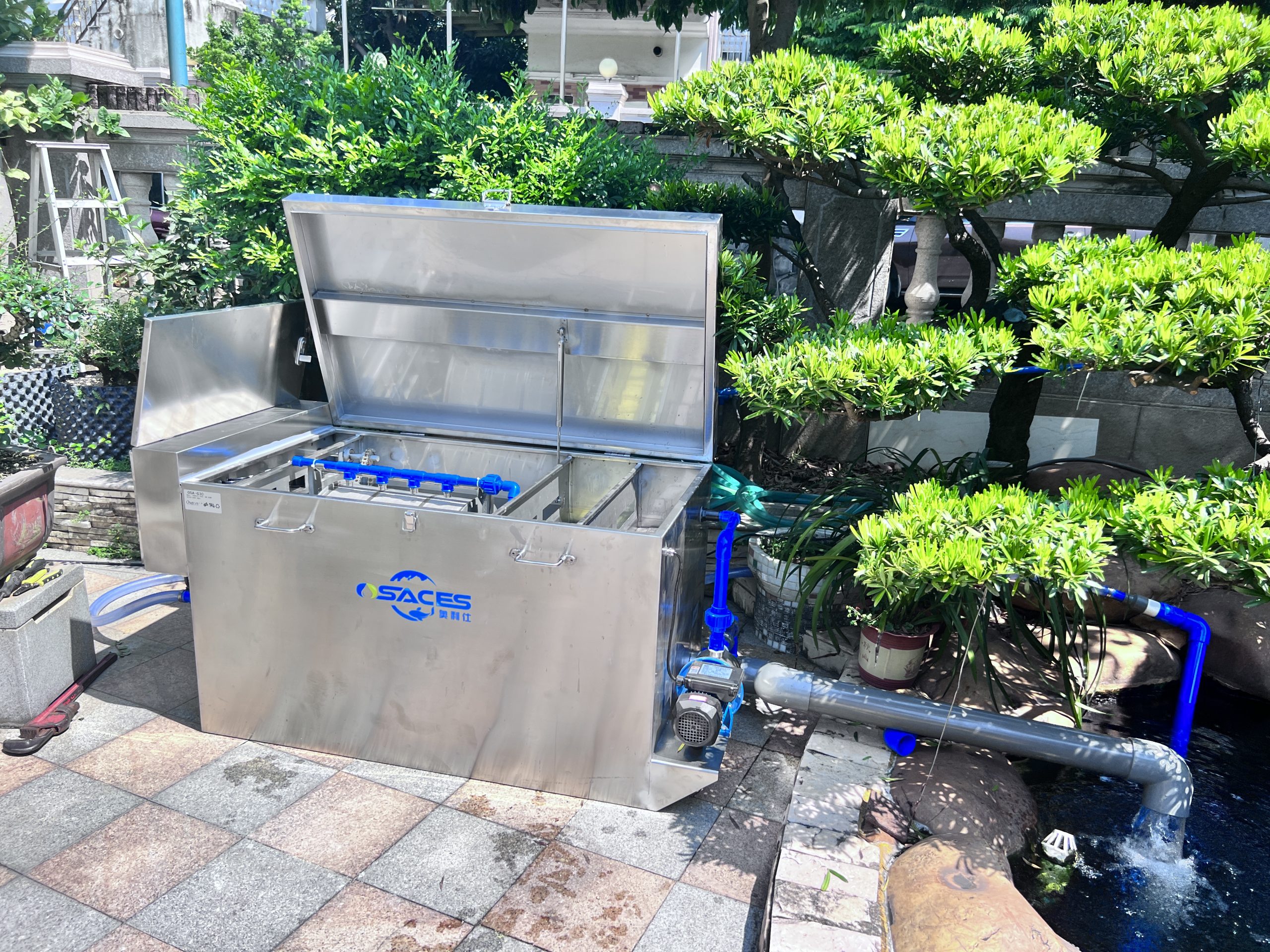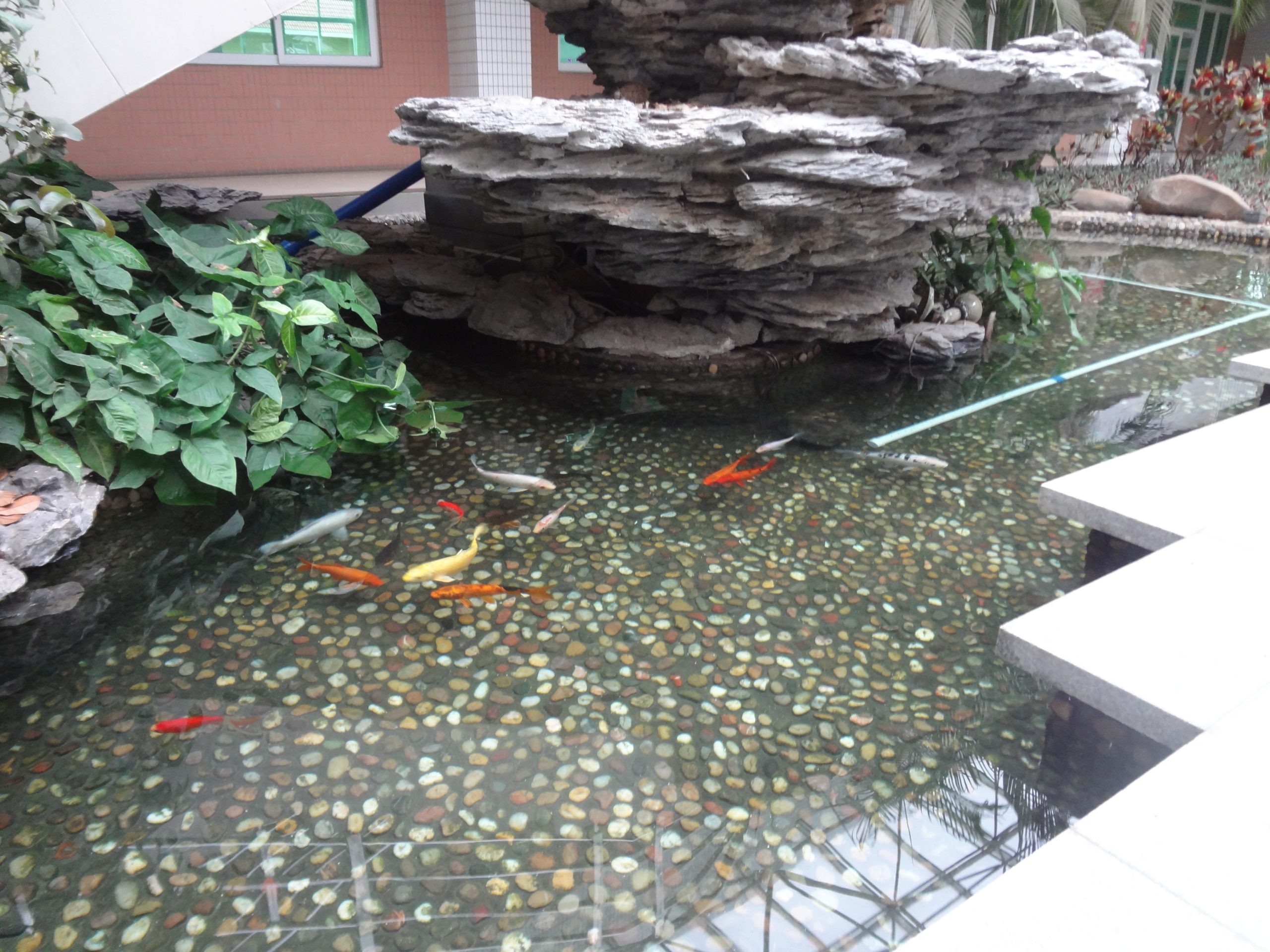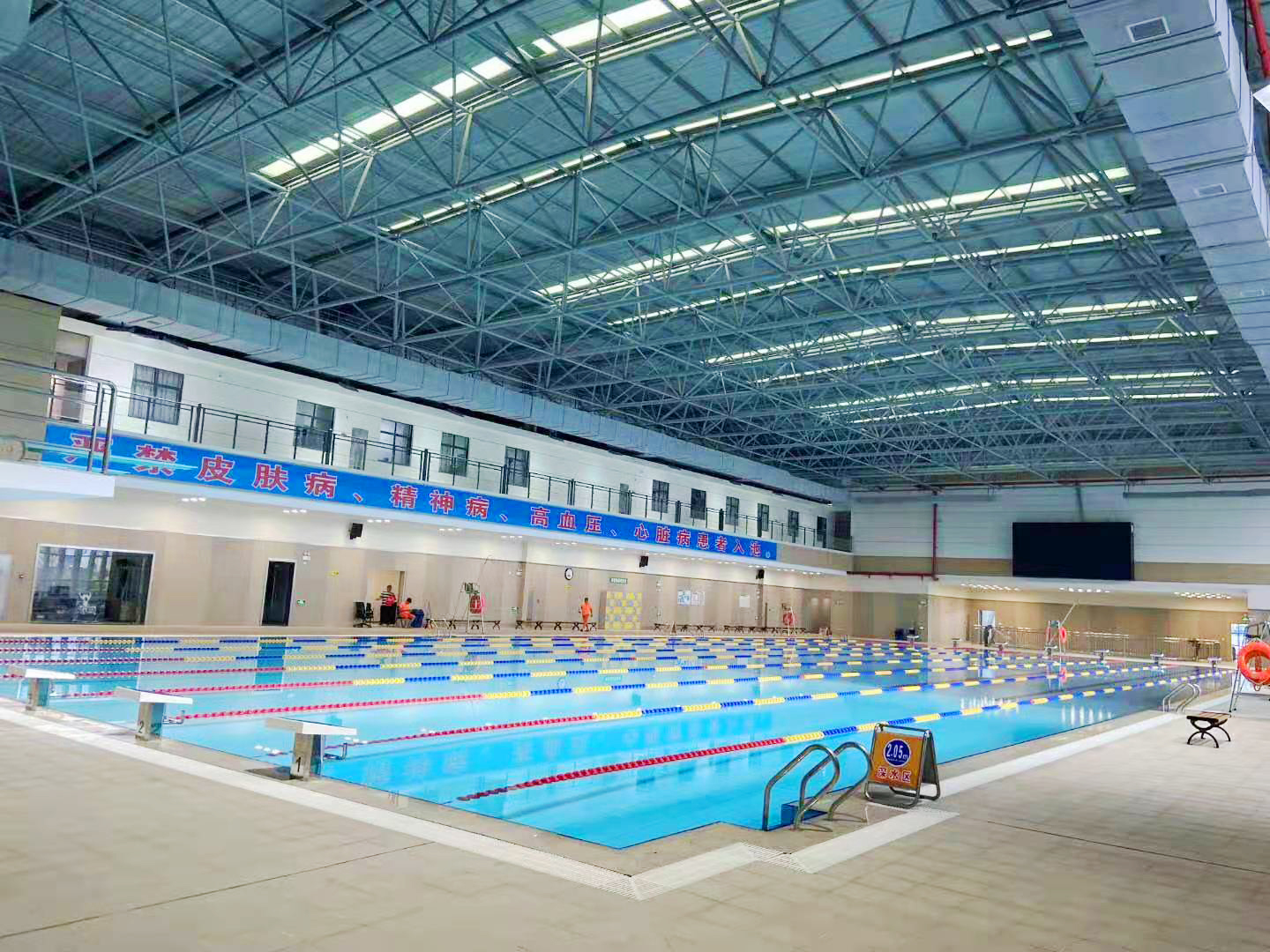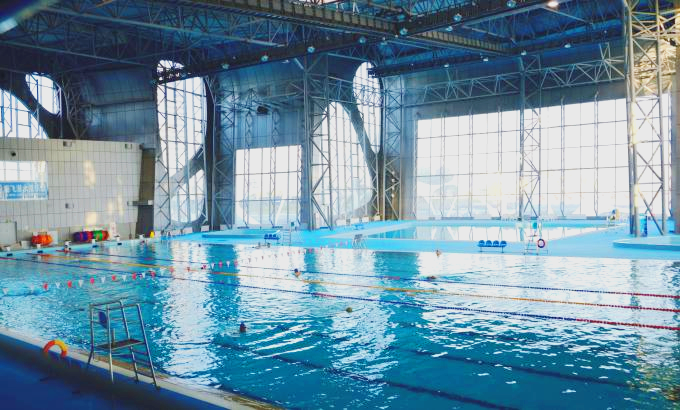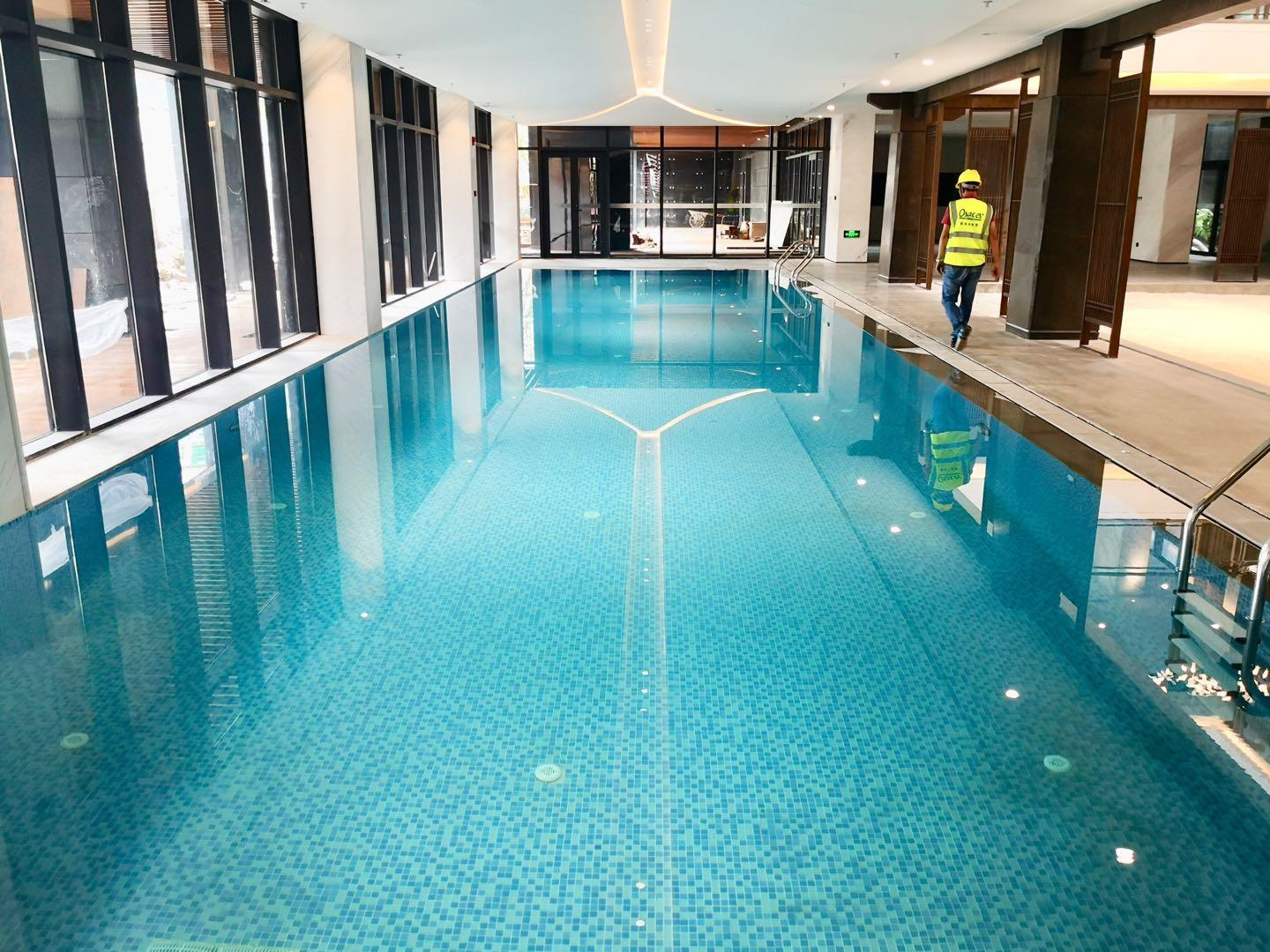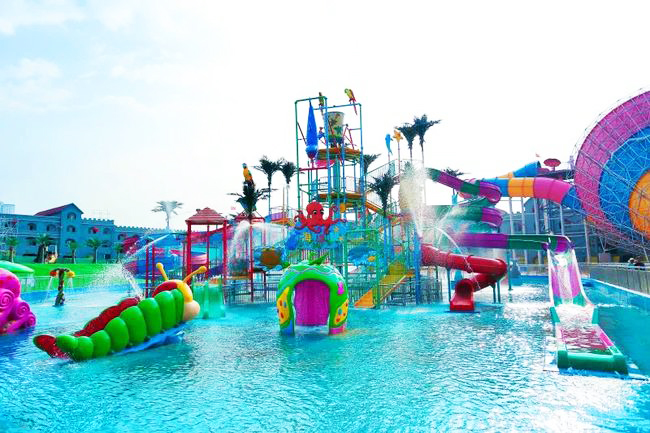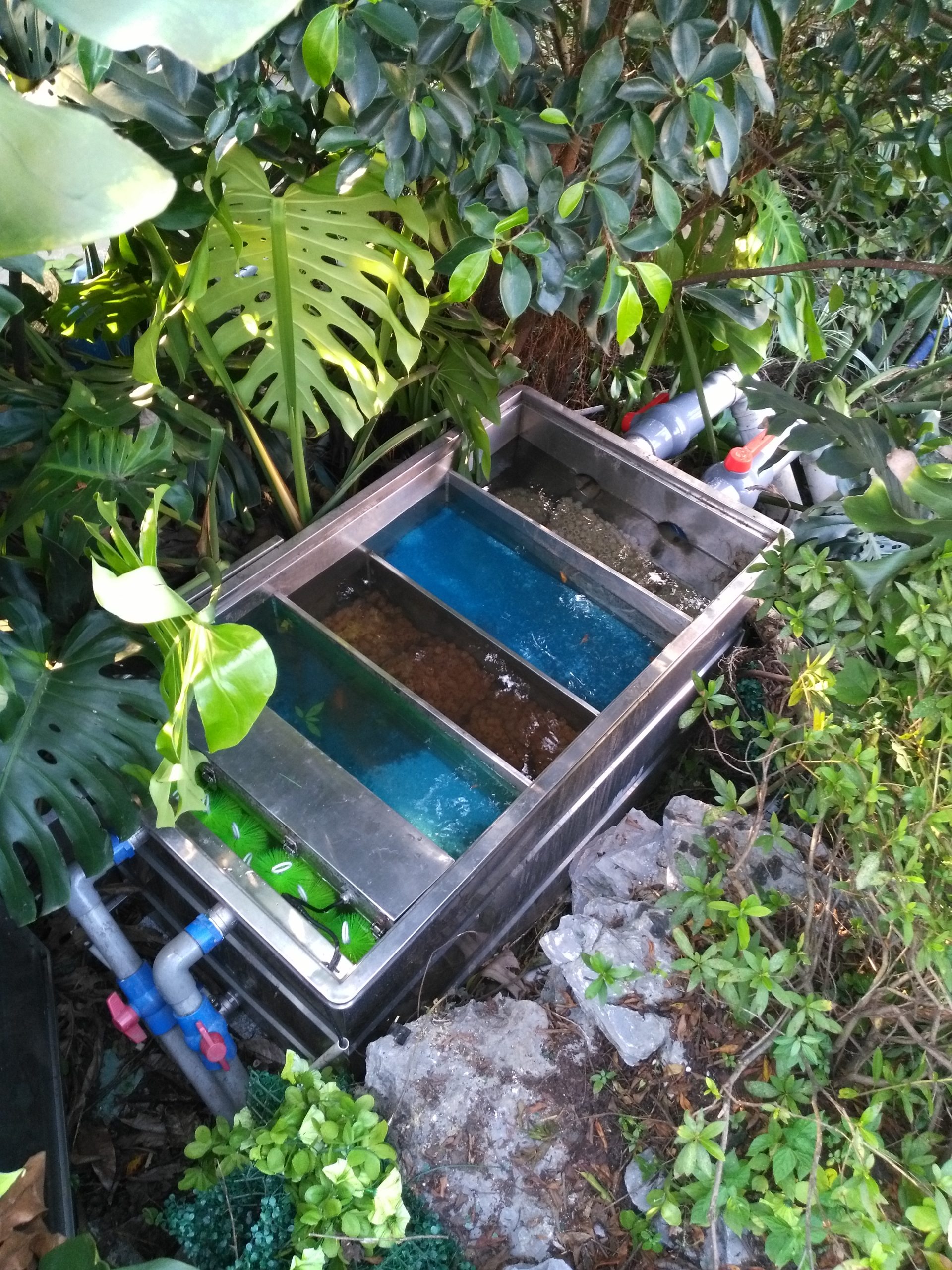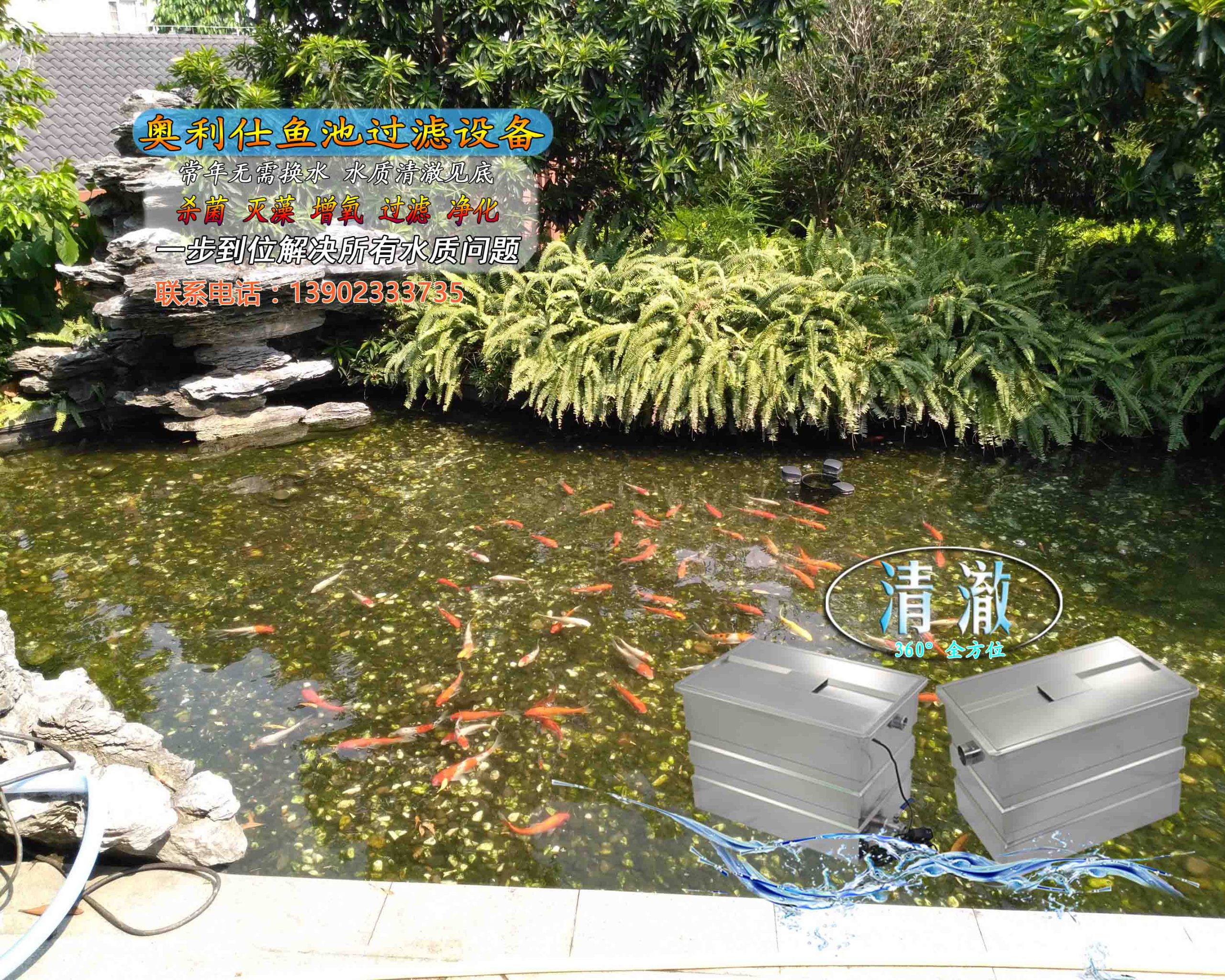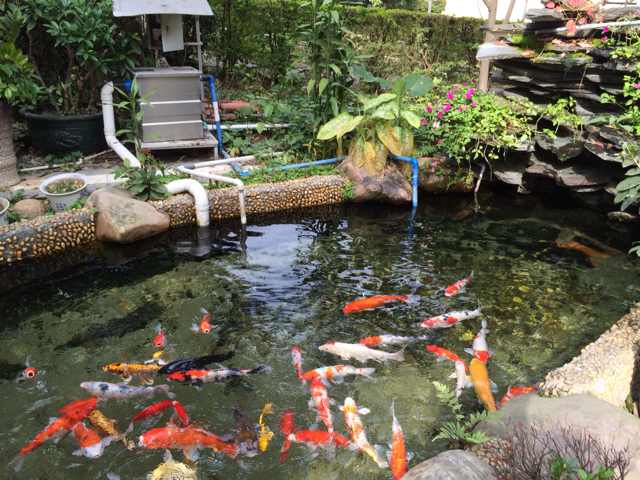common problems
contact details
 Ollies (Guangzhou) Recreation and Sports Equipment Co.
Ollies (Guangzhou) Recreation and Sports Equipment Co.Tel: (020) 82686289
Fax: 020-82694853
Headquarter: No.31-37, Xincun 2 Road, Shangjiang North Street, Dongzhou Village, Xintang Town, Zengcheng City, Guangzhou, Guangdong, China
Nutrients needed by Koi
For koi, body color is one of the main factors affecting their value.
The body color of koi is largely determined by genetics, but many factors(Such as light, physiological conditions, feed nutrition, etc.)All can affect the body color of fish. Many studies have shown that fish can use carotenoids as muscle and skin color seeers, but fish cannot synthesize these pigments on their own and can only obtain them from food. Common carotenoids found in aquatic animals areBA carob system, luteinizing hormone, zeaxanthin, tuna xanthin and astaxanthin. Koi can metabolize zeaxanthin into astaxanthin, which gives itself a red color.
Koi also have different abilities to absorb and utilize various pigments, and the absorption rates are, in descending order, as follows:Zeaxanthin, astaxanthin, lutein. Since fish have the ability to convert zeaxanthin and astaxanthin into vitaminAThe ability of the feed, so the vitaminADeficiencies affect the deposition of carotenoids by koi, and vitaminEetc. may promote the utilization of carotenoids.
The pigments themselves have different configurations and vary in their color-enhancing effects. Natural pigments have a spinning property, and the deposition rate in the fish can be as high as100%, which is higher than synthetic pigments. Spirulina, Chlorella and Rainwater Chlorella powder are all excellent sources of pigment to improve the body color of koi, but Spirulina is the main one that is currently used more often.
In Japan, Spirulina has been used as a color enhancer for koi for a long time. When Spirulina is fed to ornamental fish, both red pigmented fish (e.g. koi, goldfish) and non-red pigmented fish, their body color will become equally bright and beautiful. And the growth and reproduction ability increased significantly. Chemical synthesis method of coloring agents produced by carotene, lycopene, carotene aldehyde or ethyl carotene, citrus flavors and astaxanthin, etc., will be added to the fish feed, have a certain role in improving body color. There is also a class of coloring agents are extracted from natural pigment sources, such as microorganisms red Fife yeast can produce more than a dozen kinds of carotenoids, which is mainly astaxanthin and carotene, and astaxanthin content in the wild mushrooms can be accounted for40%~95%. At present, foreign scholars in Bulgarian yogurt isolated a deep red Fife yeast, compared with the red Fife yeast its astaxanthin production is higher80times, and has lower nutritional requirements and faster production rates, thus holding out the prospect of commercializing astaxanthin production and contributing to color enhancement in koi.
It should be noted that, in koi culture, the degree of vividness of body color within a certain range is positively correlated with the content of carotenoids in the food and the length of feeding time, but the color of the fish body is not always deepened with the amount of added pigment, on the contrary, if the amount of added pigment exceeds a certain limit0, the amount of pigment deposited in the muscle of the fish body increases decreases.
In addition, there are some differences in the ability to deposit pigments at different developmental stages or physiological states of koi, and there are also differences in the ability to deposit pigments between the sexes, which are generally stronger in males than in females. For the same fish in"color change period"The coloration was more pronounced and the distribution of pigments in different parts of the fish tail was not uniform.>fish scales>fig. upright and unwilling compromise>Fish.
In addition, the health condition of the fish body will affect the feeding rate and digestibility, which in turn will affect its absorption and utilization of pigment, the amount of pigment deposited on the body surface and in the muscle, and the color of the fish body. The culture environment of the fish body such as light, water temperature and dissolved oxygen,pH, plankton, etc. all affect the rate of pigment deposition on the body surface and muscles. Poor water environment affects the living conditions of the fish, which in turn affects the absorption and deposition of pigments.
It is impossible to specify all the nutritional requirements of koi due to the influence of many factors such as species, water temperature, age, size, vigor, etc. The above is only a reference range for the nutritional requirements of koi. The above is only a reference range for the nutritional requirements of koi, which should be adjusted according to the actual situation in the application.
Related content
- Don't let rotting tails affect the koi's aesthetics
- What kind of water is good for fish? Talking more about green water for fish
- What to do if the water in your fish pond is unclear? How to keep the water fresh and clear
- Are you ready for the golden age of koi growth?
- What causes new koi to get sick easily?
- Case Sharing--Foshan Shunfeng Mountain Park 3600 square meters landscape pool purification project
- Case Sharing||Huizhou-- Intelligent Terminal Beidou Industry Production Project Fountain Fish Pond Purification Project
- Guangdong Guanyinshan National Forest Park 300m³ landscape fish pond purification project

